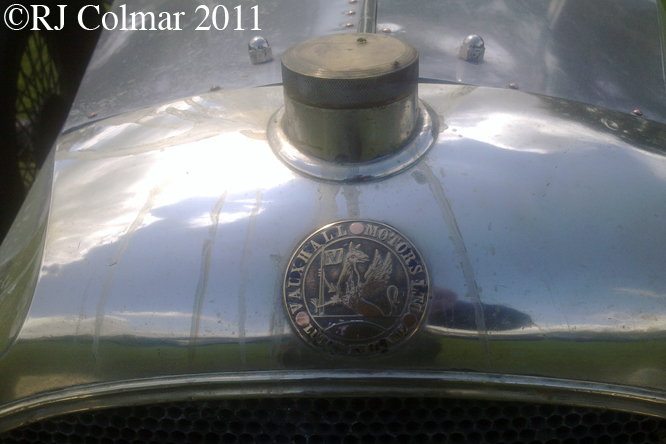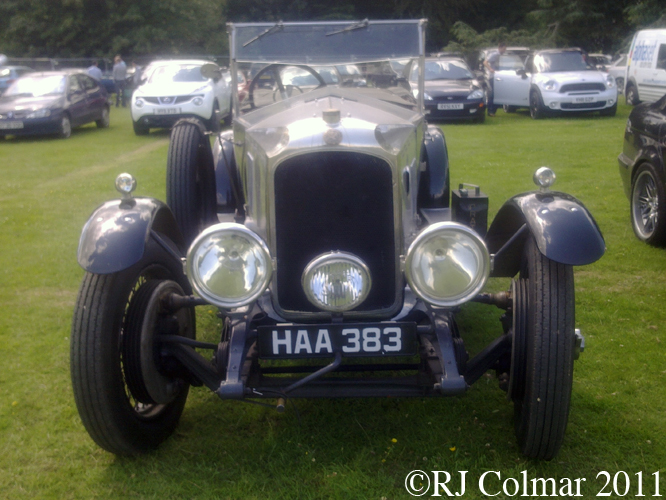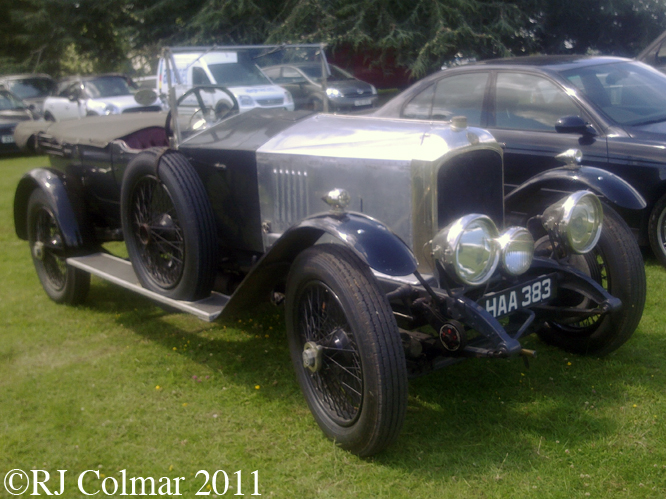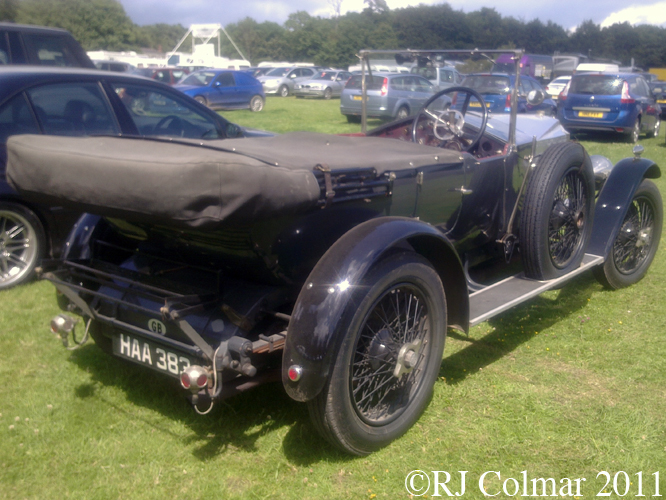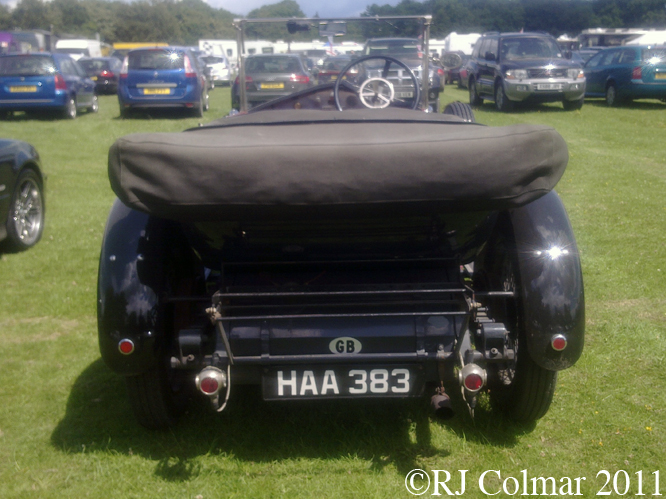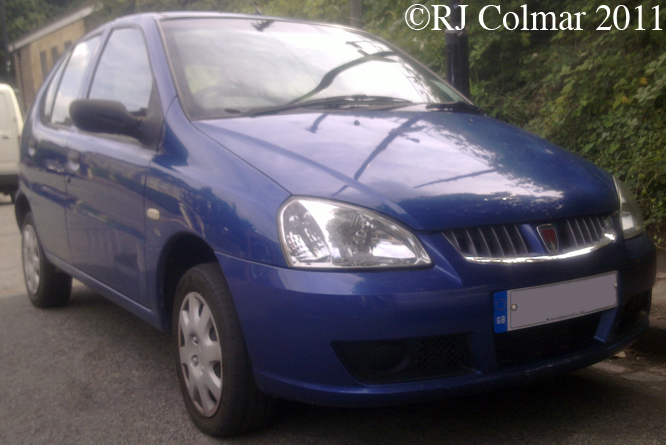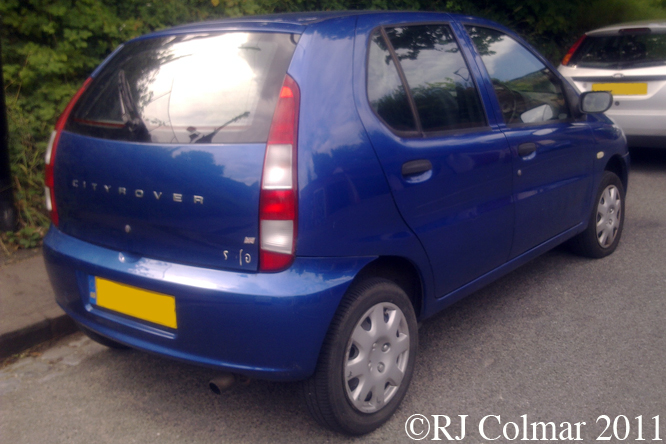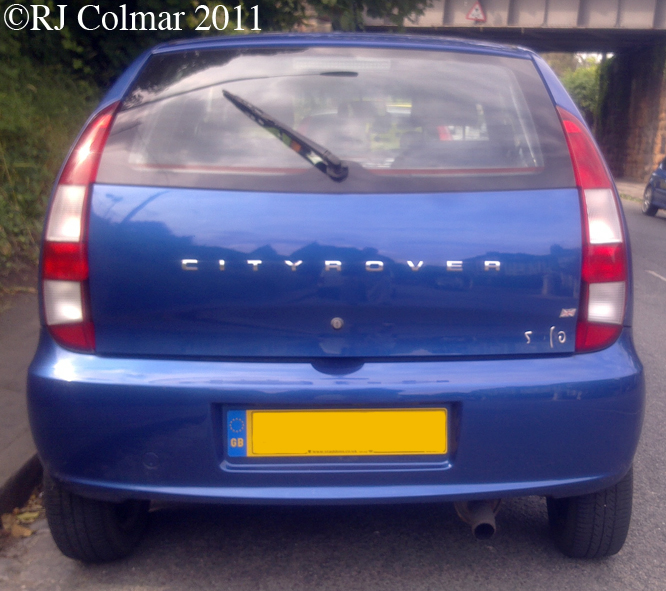Most teachers know that they can walk into a room with a dozen students and tease pretty much anything they want to teach out of them, on almost any subject, over the space of an hour or so. In the spirit of such student participation I’m inviting you dear reader to help me out here, because at fast glance I’m sorry to say I haven’t a clue about what any of today’s six featured vehicles are, neither manufacturer or age.
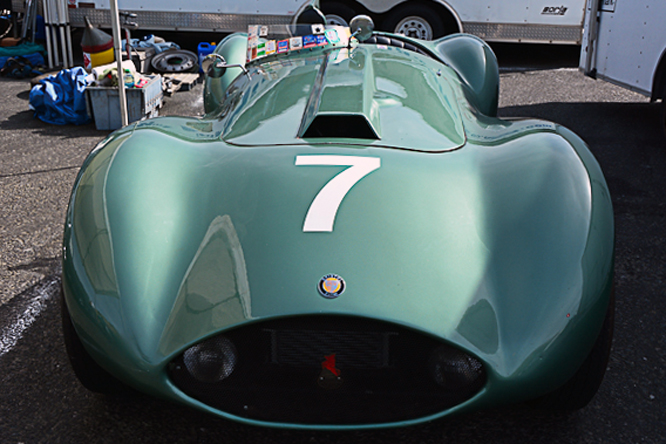
At first sight this green racer looks like a cross between the second incarnation of the Bristol 450 Le Mans racer and the later Bristol Arnolt. The British registration plate on the back reads “SAR 336”. At a guess this vehicle is British and Bristol powered but do you know where the body came from and when ?
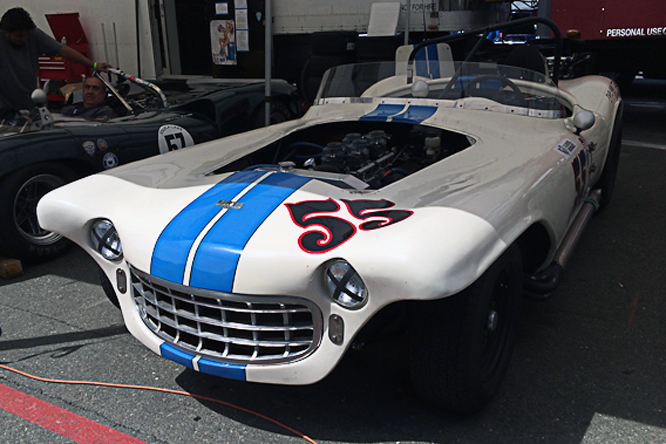
Chip slicer radiator grills, as on the vehicle above, often point to a Ferrari or Chevrolet but I cannot think of any models from those manufacturers who built anything that looked like this. If you think you know what this might be, please do not be scared to chip in below.
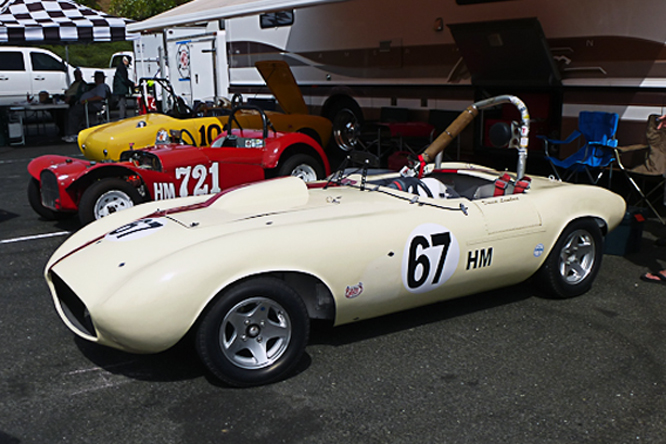
California is the home of the fiber glass special and the white racer above looks like one of the majority I have not heard of. The HM sticker tells us it probably ran in SCCA events for vehicles up to 750 cc / 45.7 cui. Does anyone recognise this pint size racer ?
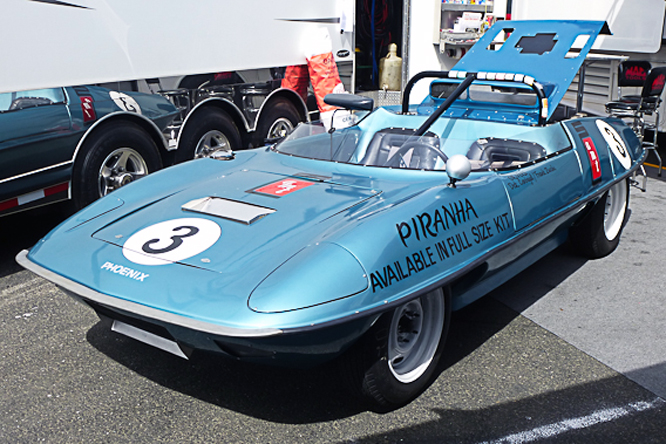
My first thought was that the vehicle above was a Kes Kastner & Pete Brock designed Triumph TR250K, but it is not. Confusingly it says Phoenix on the front and advertises Piranha kits on the side, I feel like a fish out of water on this one too, can you help ?
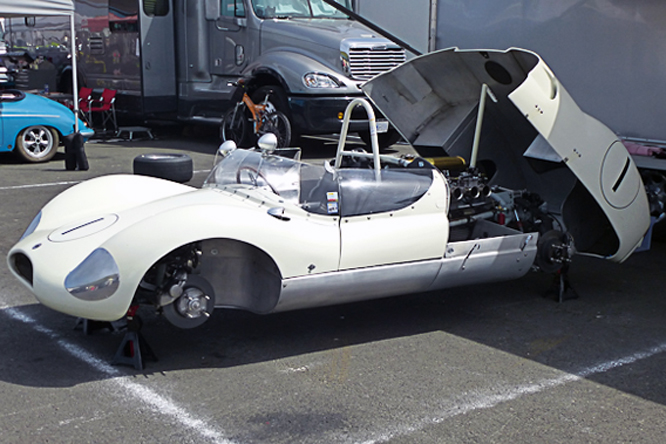
The rear body reminds one of the Lotus 19 and Lotus 23 sports racing cars, but everything forward of the roll bar does not. All suggestions welcome below.
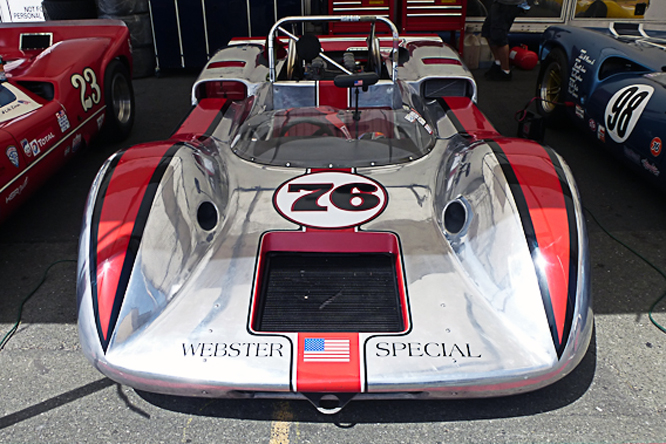
Finally the Can Am type vehicle above looks part McLaren and part Chaparral with out fitting the mould of either, unusually for a vehicle of this type, if it is a Can Am car, it appears to have an aluminium body at a time when fiber glass was very much de riguer.
If you can help identify any of these vehicles please do not hesitate to chip in below, as soon as I have all the answers I’ll do a follow up blog.
My thanks to Karl Kause and Geoffrey Horton for sharing today’s photographs taken at Sonoma Historics at the end of May.
Thanks for joining me on this “I’m Sorry I Haven’t A Clue” edition of “Gettin’ a li’l psycho on tyres” I hope you will join me again tomorrow when I’ll be looking at some of the vehicles at the recent San Morino Motor Classic. Don’t forget to come back now !


